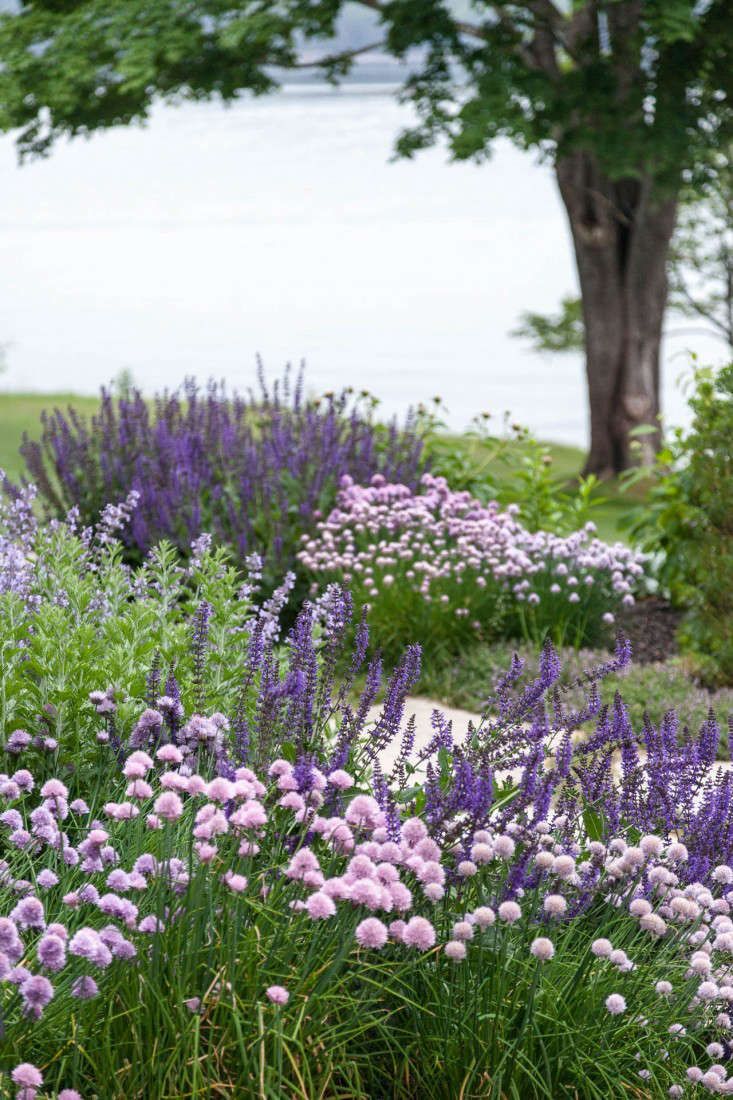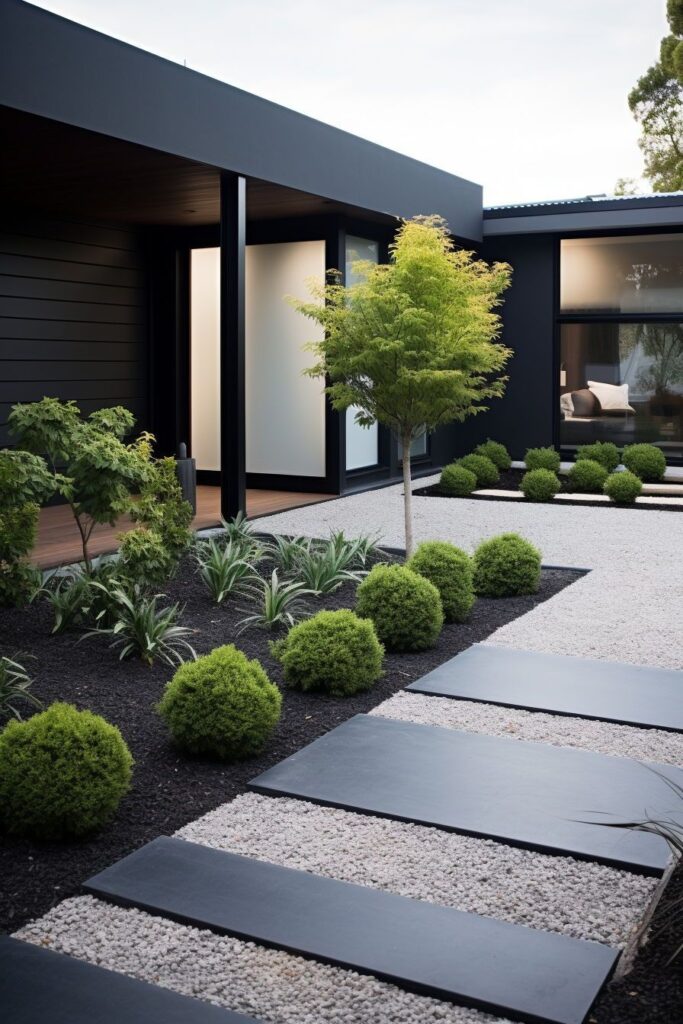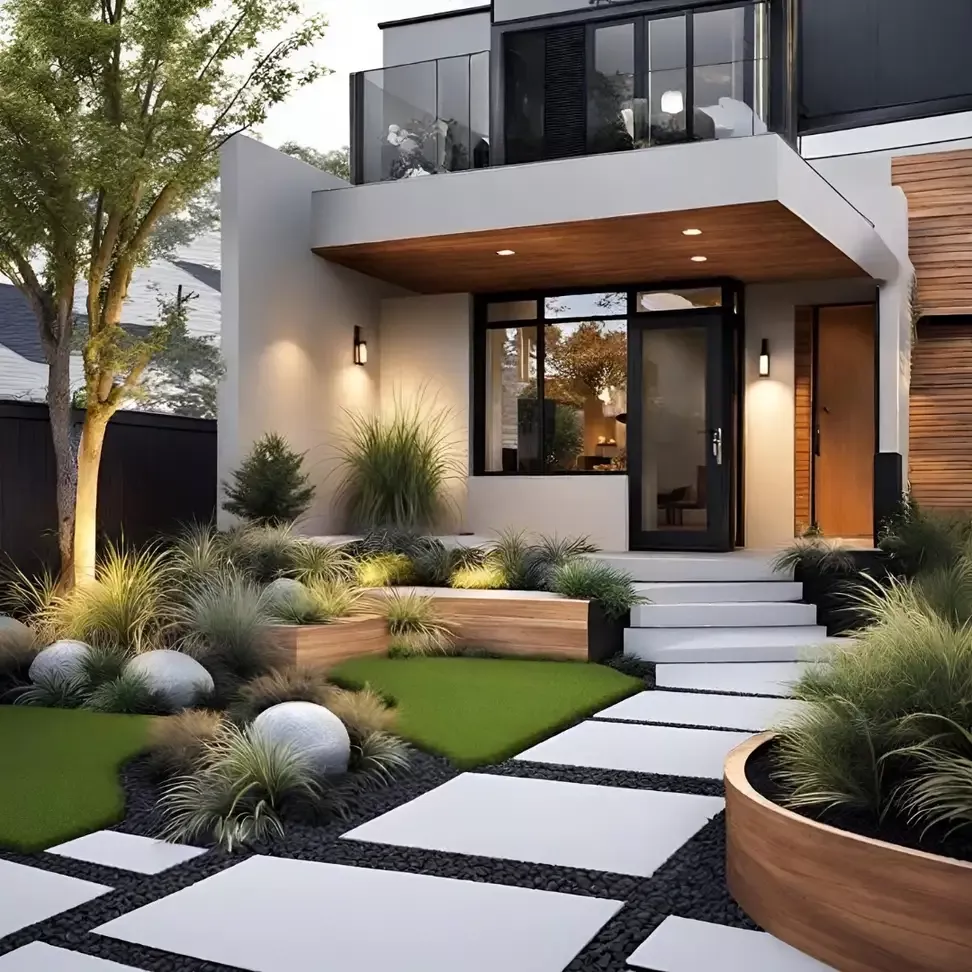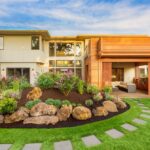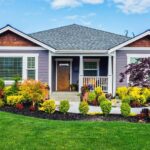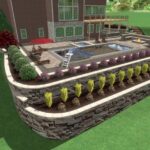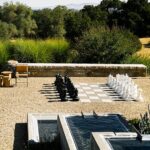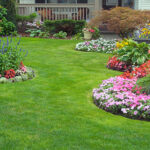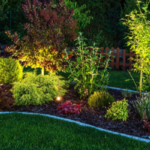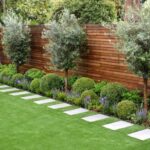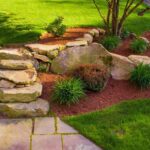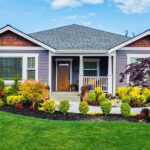Landscaping design plays a crucial role in enhancing the aesthetic appeal of a property. Whether it’s a residential home or a commercial establishment, a well-planned and executed landscaping design can greatly improve the overall look and feel of the space. There are several factors to consider when designing a landscape, including the layout of the land, the climate, and the specific needs and preferences of the property owner.
One popular landscaping design approach is the use of native plants. Native plants are those that naturally grow in a specific region and are well-adapted to the local climate and soil conditions. Using native plants in landscaping helps to create a sustainable and low-maintenance garden that requires less water and chemicals. Additionally, native plants attract local wildlife, such as birds and butterflies, which can further enhance the beauty of the garden.
Another key aspect of landscaping design is the use of hardscaping elements. Hardscaping refers to the non-living elements in a landscape, such as paths, walls, and structures. Incorporating hardscaping elements into a landscaping design can help define outdoor living spaces, provide structure and organization, and create focal points in the garden. Some popular hardscaping materials include flagstone, brick, and wood, which can be used to create pathways, seating areas, and garden walls.
Water features are also a popular element in landscaping design. From ponds and fountains to waterfalls and streams, water features can add a sense of tranquility and serenity to a landscape. Water features not only provide visual interest but also create a soothing ambiance that can help reduce stress and promote relaxation. Additionally, water features can attract birds and other wildlife to the garden, further enhancing the natural beauty of the space.
Incorporating vertical elements, such as trellises, arbors, and pergolas, can also add interest and dimension to a landscape. Vertical elements can be used to create privacy, provide shade, and support climbing plants, such as vines and roses. By adding vertical elements to a landscaping design, homeowners can create a more visually appealing and functional outdoor space that maximizes the use of limited square footage.
In conclusion, landscaping design is an important aspect of property improvement that can greatly enhance the beauty and functionality of a space. From using native plants and hardscaping elements to incorporating water features and vertical elements, there are numerous ways to create a stunning and sustainable landscape. By carefully planning and executing a landscaping design that takes into account the unique characteristics of the property and the specific needs of the homeowner, it is possible to create a beautiful outdoor oasis that can be enjoyed for years to come.
